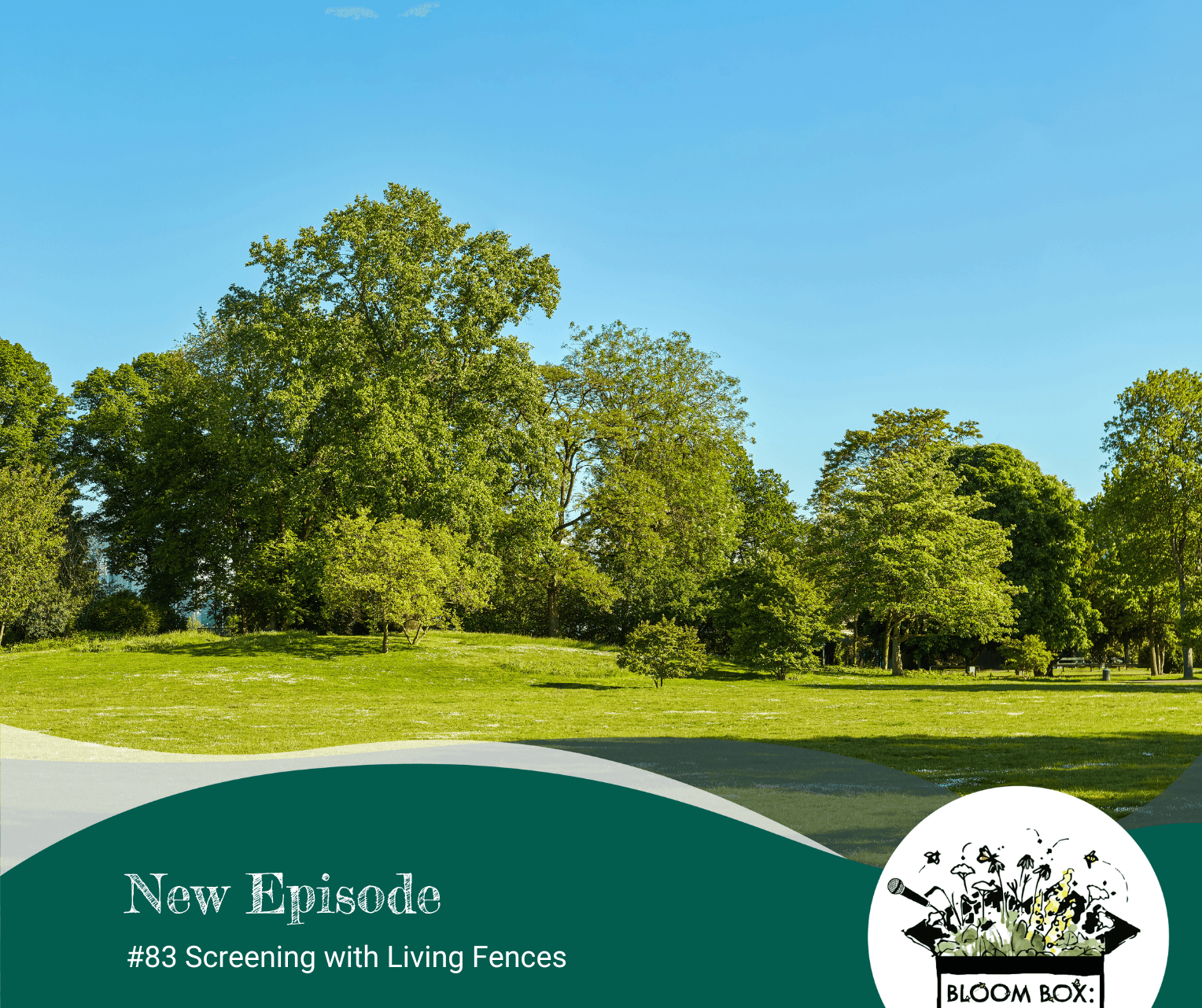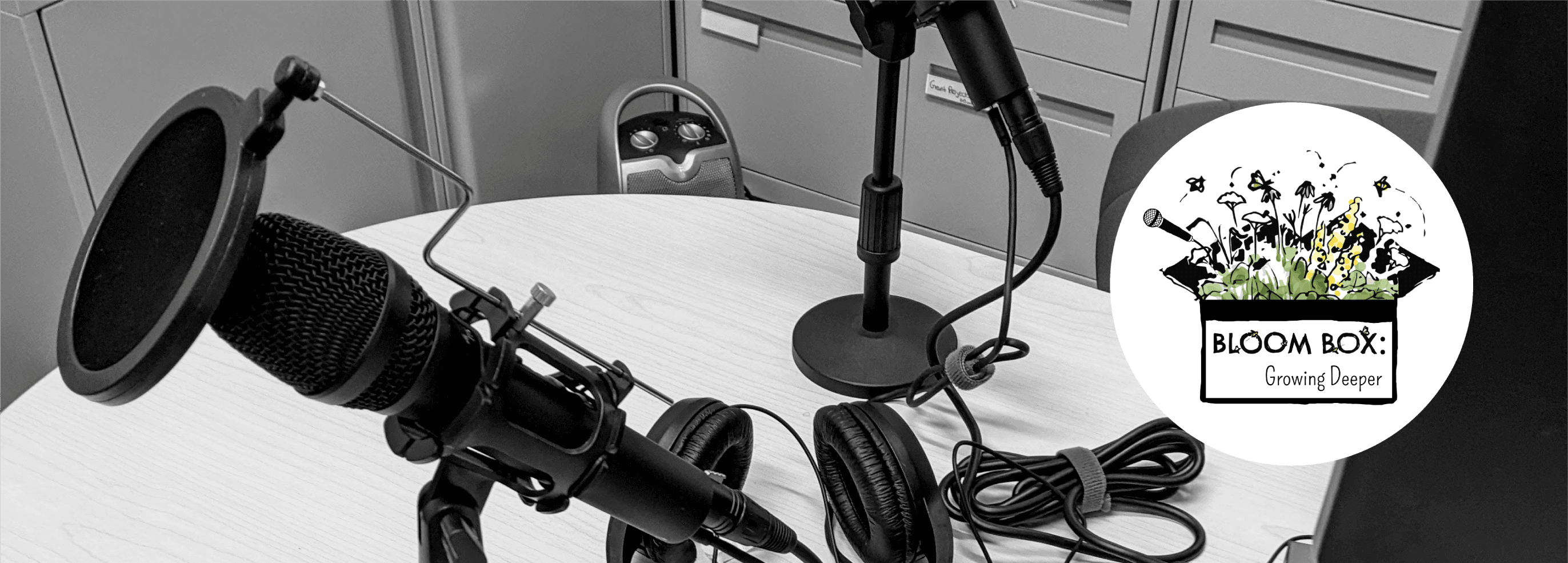
Plants are often used to screen visually, for protection from wind, and to limit sound pollution from roadways. One of the most common questions we get is how to select trees, shrubs, grasses (and even perennials) for use in a screen or ‘Living Fence’. Today we’re discussing some of our go-to plants as well as the framework for designing a living fence or creating a visual screen.
Pam Bergstrom is an Agroforester with the Nebraska Forester. She is an expert in all things windbreaks and loves to help people understand how to design and maintain a functioning windbreak for both residential, recreational, and agricultural land. Connect with Pam via email: pbergstrom2@unl.edu
Big Trees:
- White pine
- Osage Orange (hard to find, slow to grow, and messy, even by our standards, but very cool)
- Hackberry
- oaks & maples
Shrubs:
- Arrowhead Viburnum
- Hazlenut
- Holly (2 native species Ilex verticillata (Winterberry) and Ilex glabra (Inkberry))
Perennials and grasses:
- Joe Pye
- Rudbeckia subtomentosa
- rattlesnake master
- Indian Grass
- Big Bluestem
- switchgrass
Links
For early access to new episodes, photos, and other behind the scenes content, join us on Patreon. For $5/month you'll receive exclusive content or early access to podcasts and other resources while supporting our efforts to Plant Nebraska.
Leave us a voicemail or
Email us at growingwithbloombox@gmail.com.
Follow us @NebraskaStatewideArboretum on Facebook and Instagram

